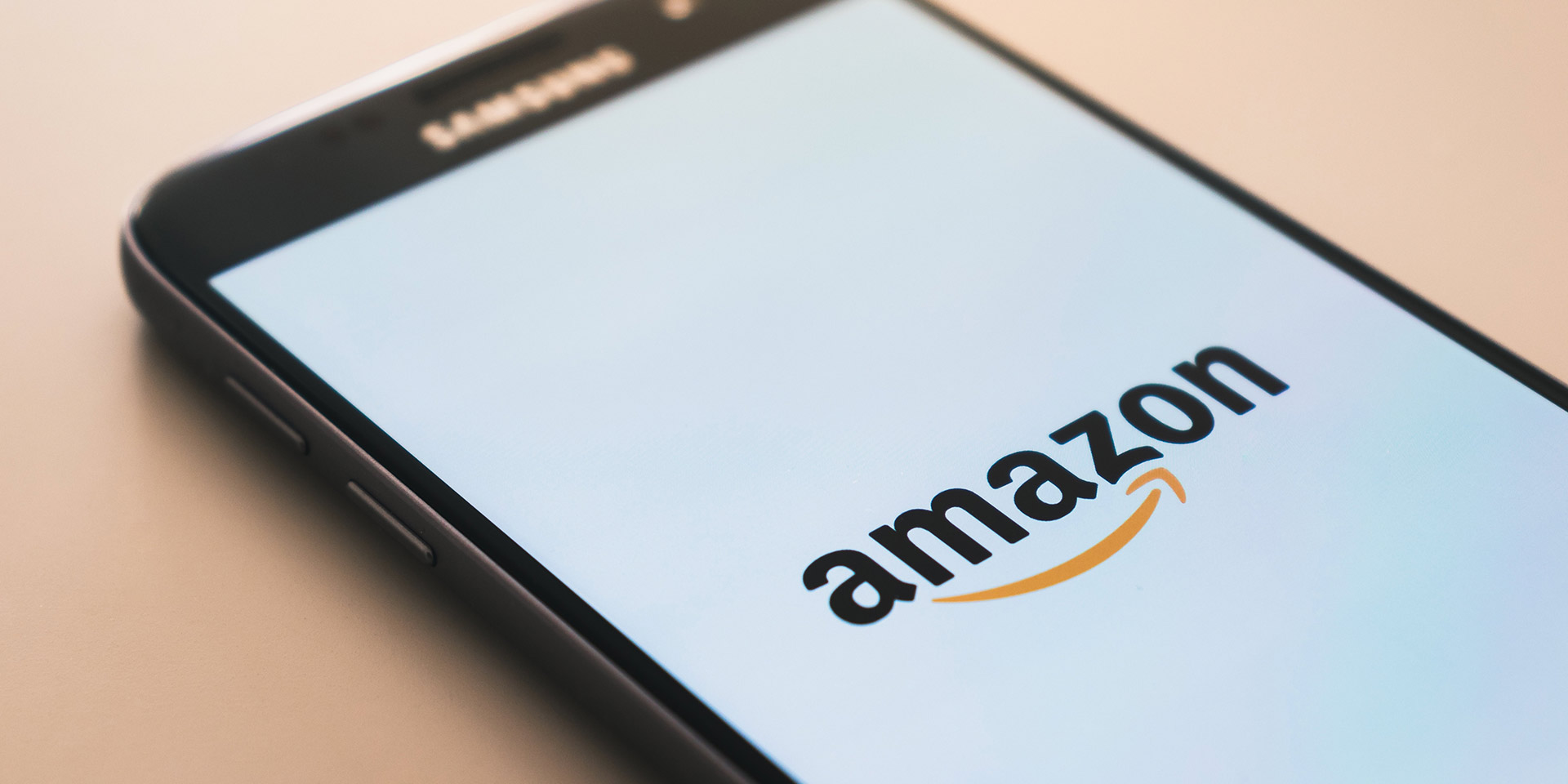Whole Foods & Amazon: What CPG Companies Must Know

Jeff Bezos, CEO of Amazon, is perhaps the most strategically brilliant businessman of our time. The main thing for the rest of us to do is figure out what he’s doing, what’s next, and how we can survive (or even prosper in the face of) this significant event.
The day after Amazon’s offer was announced, WFM stock was up 28%, and the rest of the grocery industry was down – Costco dropped 10%, and Kroger fell 25% on the news. Why? Because (a) the market believes that other suitors will be along to drive the price of WFM up further, and (b) they realize that what’s available here is efficiency – the efficiency to unlock Whole Foods’ legendarily untapped potential. Greater efficiency means greater competitiveness, which in turn means higher market share and margins. Of course, if WFM indeed becomes more competitive, then someone else will become less competitive. Wall Street (for the moment) is betting that that “someone” is the rest of the grocery market.
Brick-and-Mortar retail grocery must evolve... or perish.
Our view is that this acquisition dramatically accelerates what my team has seen for some time as an inevitable evolution: In the face of big data and online delivery, brick-and-mortar retail grocery must evolve or perish. The fact that the world’s preeminent data-and-tech commerce company is acquiring the most attractive retail grocery asset around is a decisive confirmation of this.
Many others have understood that grocery had to evolve. Something had to give. But most haven’t done much yet, because they haven’t been able to decisively answer one question: “What must the grocery store evolve to?”
How Can Brick and Mortar Compete?
To answer that question, let’s think strategically. What can brick-and-mortar offer in the long term, that online won’t be able to offer?
One factor that many observers have pointed to for some time now is the tactile experience. It’s more or less accepted that for now at least, shoppers want to touch and choose their fruits, vegetables and meats.
.png?width=358&name=Promomash-brick-and-mortar%20(1).png) The other factor that is also beginning to dawn on the market is personal interaction. Shoppers are beginning to state that they value interaction with a familiar set of faces, with actual human beings.
The other factor that is also beginning to dawn on the market is personal interaction. Shoppers are beginning to state that they value interaction with a familiar set of faces, with actual human beings.
Several other ideas have been floated by extremely competent strategy groups – ideas such as making the store much more of an experience for the consumer. In-store restaurants. Food classes. “Theater.” Promotional and experiential events. The human drama of athletic competition. Interactive displays – both electronic and human. These ideas are all value-added reconfigurations of the basic grocery product; some will be successful exclusively in brick-and-mortar stores (such as groceraunts), while others (such as interactive kiosks) will probably succeed in both online and in-person (both electronic and human) formats. A question that remains to be answered here is: what will succeed, in which format, and how well?

It’s safe to say that with one swooping move, Bezos has executed the ultimate hedge. Regardless of what the ultimate answer is, Amazon will determine what it is more quickly than anyone else is likely to – and is positioned to deliver the winning value-added solution in volume, regardless of what “it” turns out to be.
Returning to the two advantages that brick-and-mortar possesses that online simply can’t match anytime soon (tactile shopping, and personal interaction), we can speculate on what can be leveraged in stores for greatest effect.
For Healthy, Natural, and Organic Products: Education is vital
The reason that Whole Foods is such a pivotal actor in the grocery market today is that they are synonymous with the single biggest trend in the grocery world – the move toward healthy/natural/organic products. According to recent statistics from the Nutrition Business Journal, grocery overall is growing at roughly 2.2% per year, while healthy/natural/organic is growing at 8.8% per year, and currently has only penetrated 13% of the available market. Much of the turmoil and diminished performance at WFM in recent years has been due to the increase in competition from other natural chains, as well as the mainstream chains that have been steadily increasing their healthy/natural/organic offerings.
Since healthy/natural/organic products are more expensive, consumers need to understand why they should be buying them before they actually will buy – and this means a concerted educational marketing effort over several years. The question now becomes, “What is the most effective way to market a healthy/natural/organic product?” And the answer to this question varies by product.

Rather than discuss every product type out there, suffice to say for the moment that there are products (kombuchas, for example) where the consumer-education process has been demonstrated to be absolutely critical to market penetration. Many brands have been built largely on the strength and consistency of their in-person sampling and educational (demo) marketing programs.
Amazon’s move into Whole Foods means that the marketing focus will become sharper than ever on what works online, and what works in the store. It is our belief that the Amazon merger will quickly force brands to step up their game, both online and in-store. And while online marketing effectiveness is inherently relatively easy to measure (especially for Amazon), to date it has been more difficult to measure in-person marketing effectiveness. But that situation cannot continue. Brands that want to establish or maintain a competitive presence in stores – especially those who RELY on the product sampling/ education experience – had better get on board with developing and being able to continuously improve this capability as a core skill. They need to craft what their ambassadors are saying, they need to verify that it is being said, and they need to gauge the market effectiveness of their message and their shopper experience. Metrics, data reporting & analysis, and feedback processes will be key. Those brands that embrace this change and methodically approach it as an opportunity to gain share will succeed nicely. Those that do not will be left behind.
A third-party to the in-store demo process is dedicated demo companies – firms who maintain and manage a field of ambassadors, enabling brands to outsource their demo programs to them. Currently the value-add for them is the turn-key handling of a task that is not in the marketing wheelhouse of most brands. As with the brands, we believe that the WFM-AMZN acquisition will force these companies to step up their games, so that they will be able to provide the kind of information that will be required in a data-driven environment like Amazon, and the kind of exciting shopper experience required in the Whole Foods (or other retailer) of the future. As with the brands, there will be demo companies who embrace the change as an opportunity, and those who will be left behind.
Sink or swim: changes are coming
It is likely that sooner than later, retailers will expect that brands create experiences that quantifiably and qualitatively enhance the in-store experience. If brands and demo companies fail to do this, then retailers will work with these companies less, if at all. In such a scenario, we might even expect that retailers will move to take control of demos and do them with their own staff – and expect the brands to pay for them as part of their trade promotion agreement.

The problem with this from the brand perspective is that they will lose control over how they are being represented to shoppers, and they will lose critical consumer feedback – all while paying even more for demos. (Retailers are unlikely to perform demos and interactive marketing as a non-profit service.) So it behooves brands to embrace the idea that they need to provide more of an experience as part of their go-to-market strategy if they plan to have a presence in brick-and-mortar retail.
The grocery store of tomorrow will look less like a warehouse and more like a trip to the movie theater – and Whole Foods by Amazon will be leading this massive shift. As in any great market transition, those who proactively embrace this shift stand to gain significantly. Those who don’t will soon be left behind.
We’d love to hear your comments.